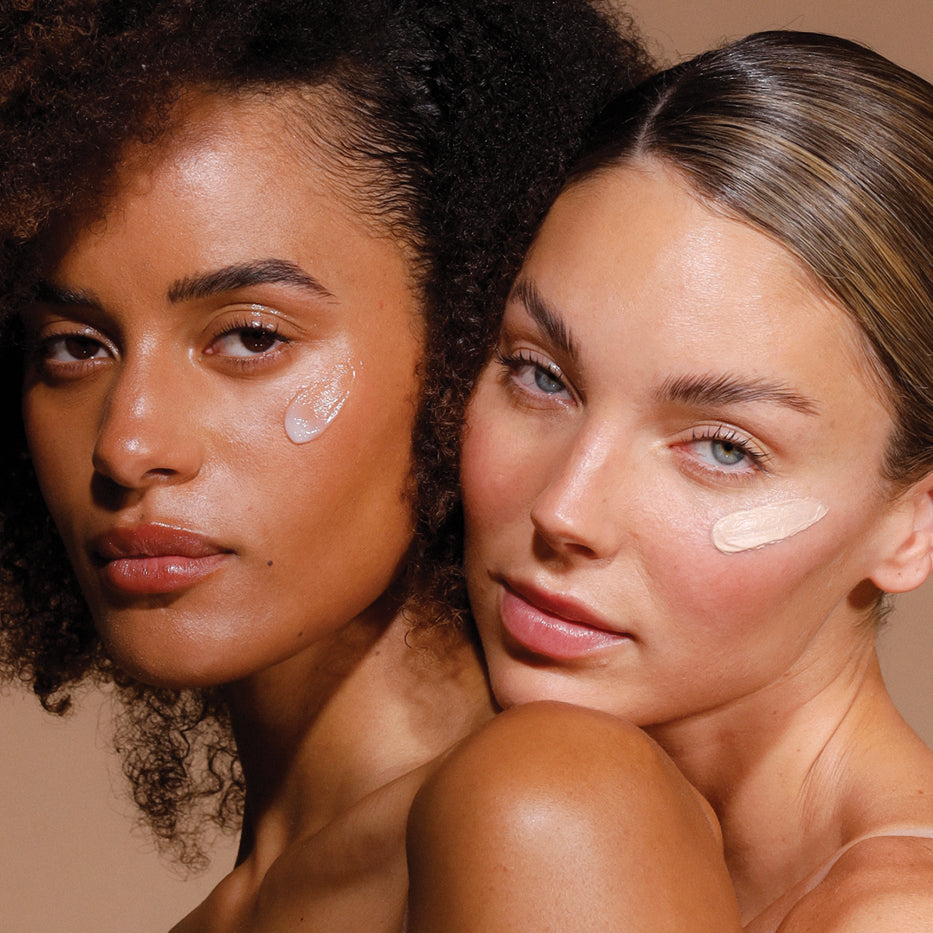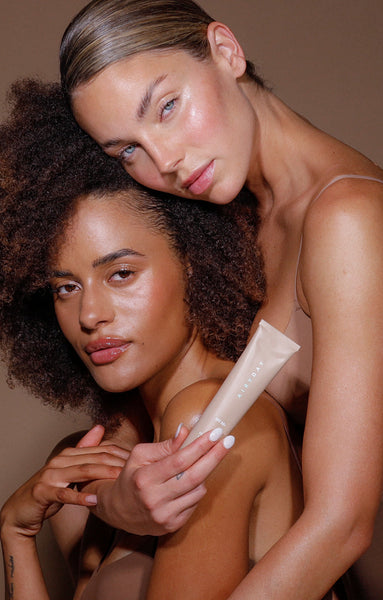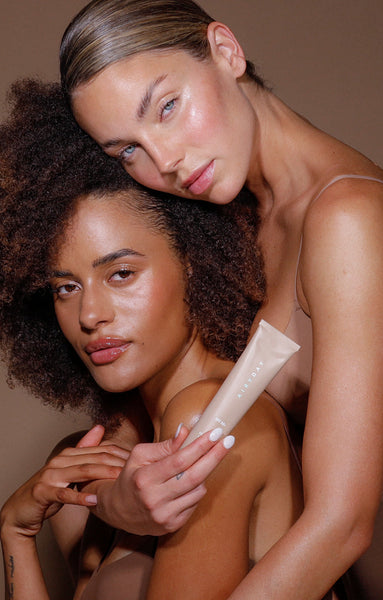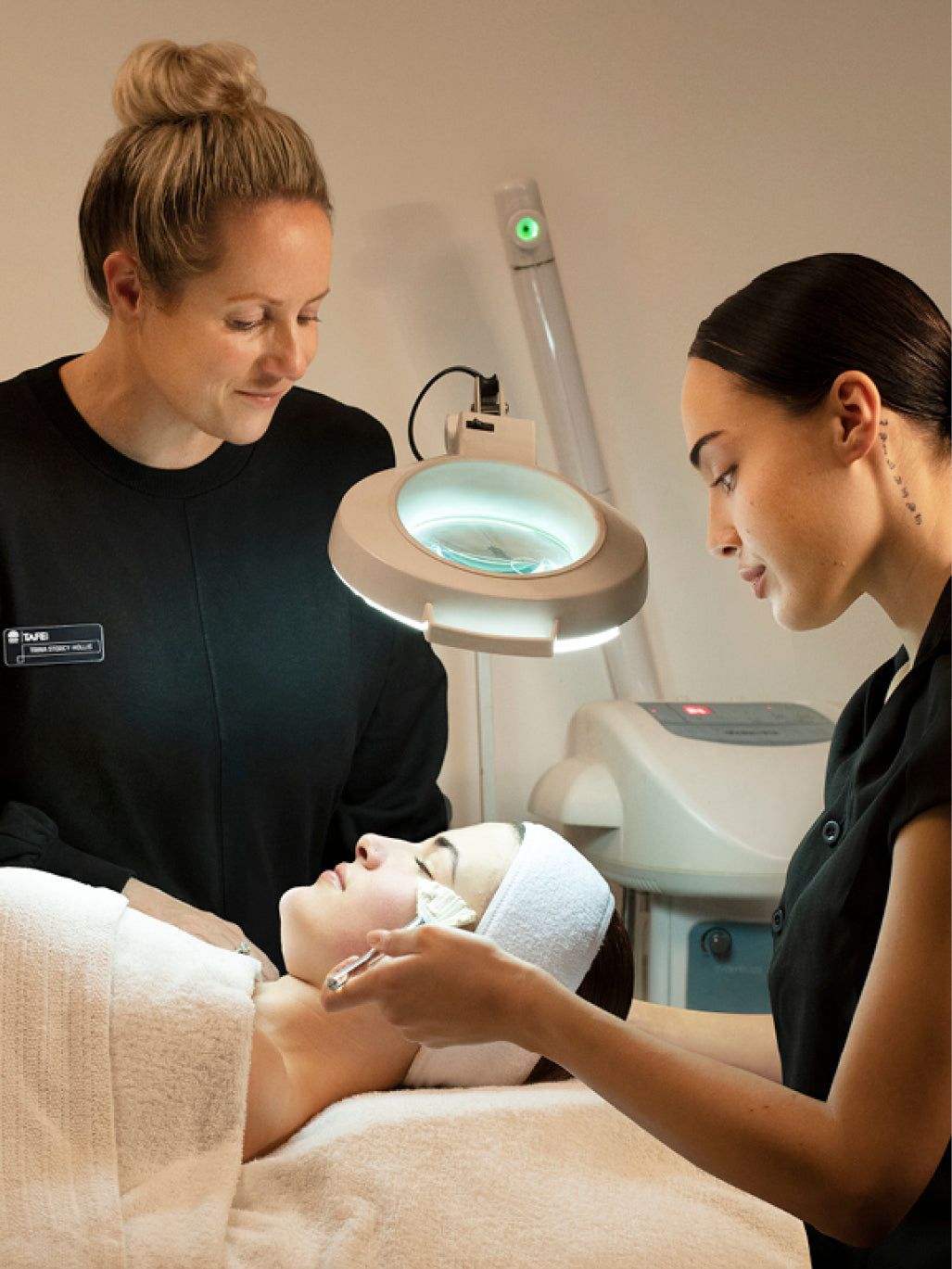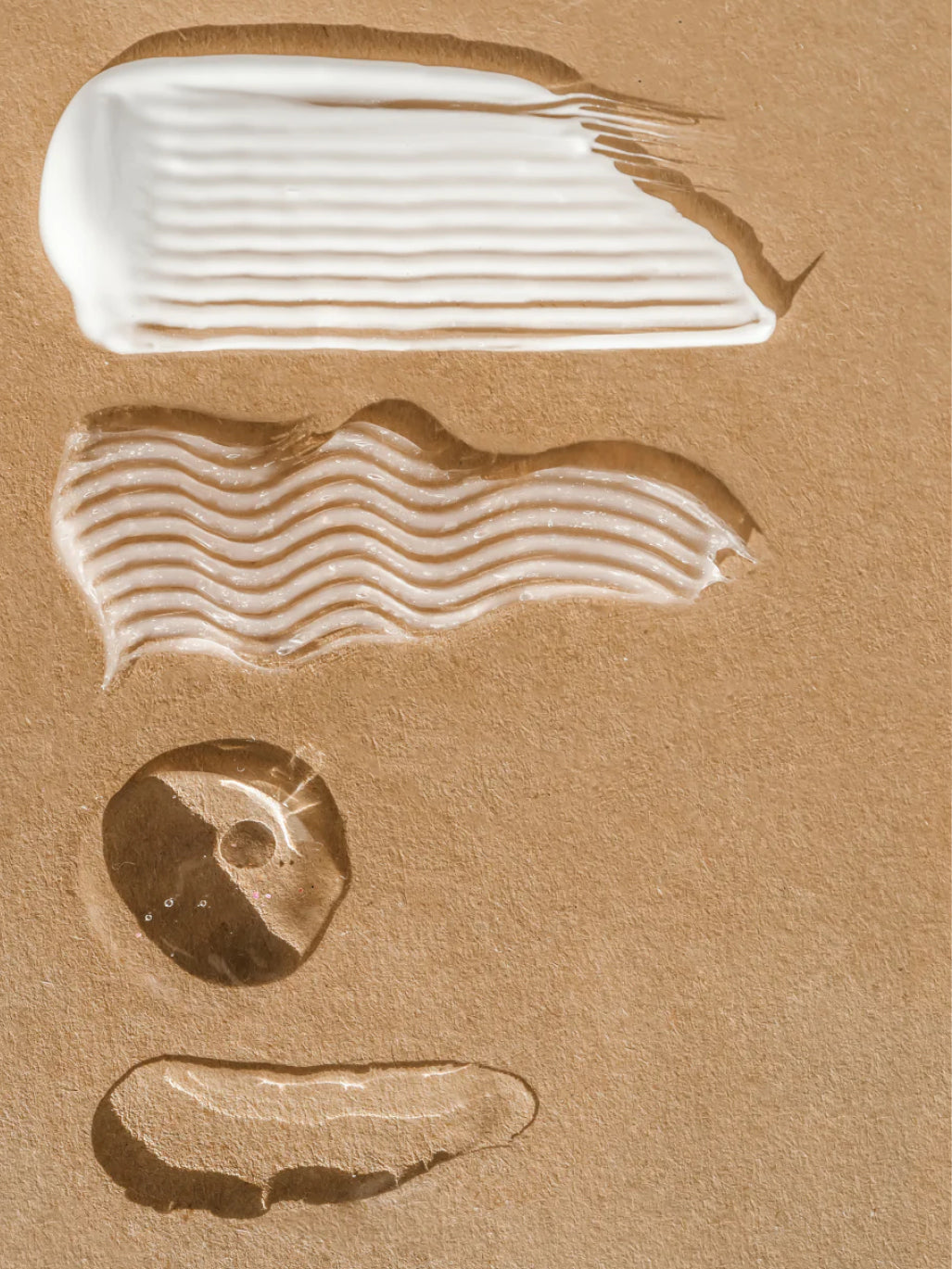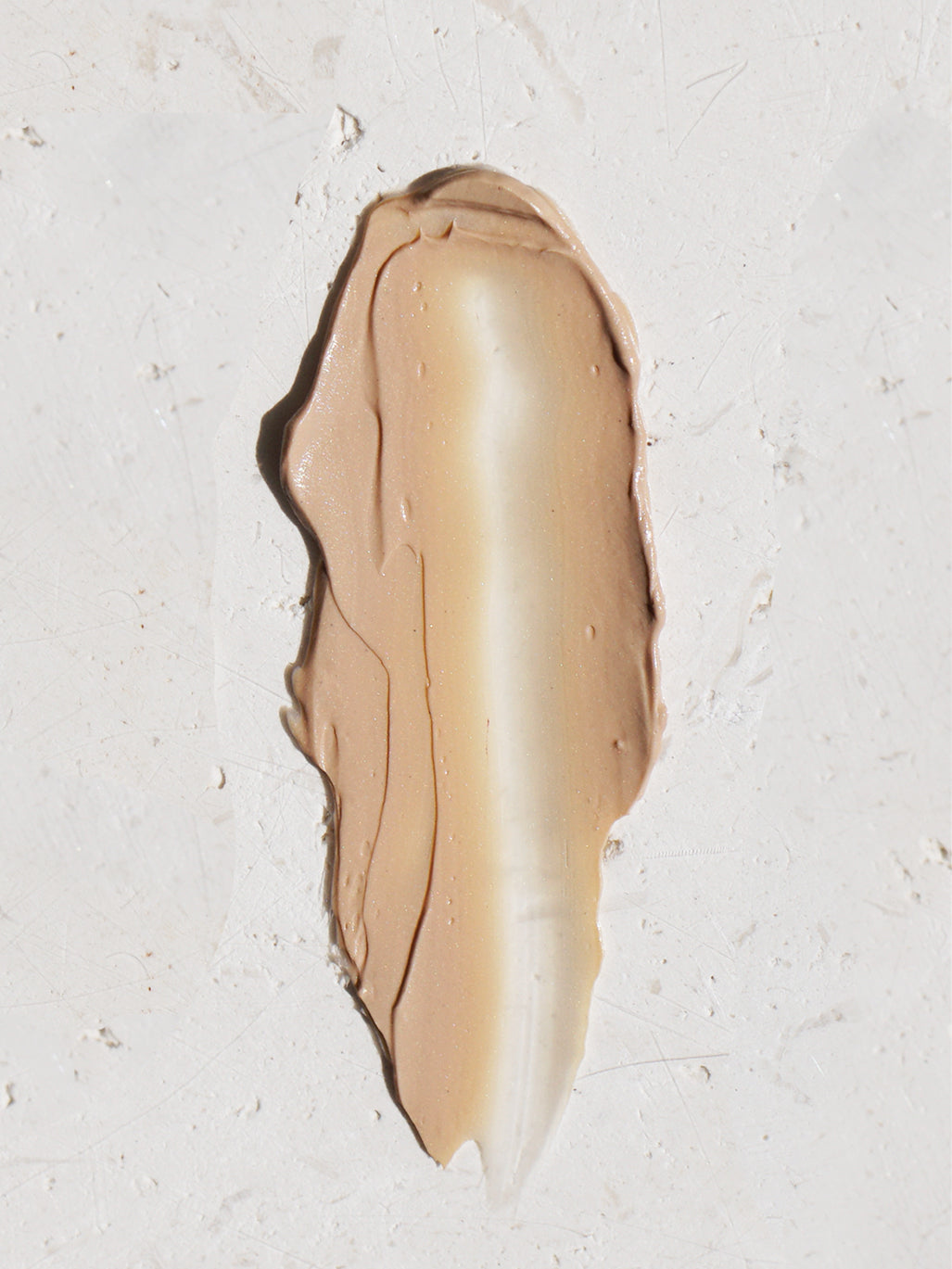
THE LOW DOWN: WHAT IS A MINERAL SUNSCREEN?
Mineral sunscreens are definitely THE buzz word right now, but where there’s hype, there’s usually more questions vs answers. So to help, we’ve created a quick guide, breaking down all the things mineral sunscreens and tackling a few mineral myths whilst we’re at it.
What actually is a mineral sunscreen?A true mineral sunscreen will be made up from either Zinc Oxide (or Titanium Dioxide). They are often referred to as "Physical" sunscreens or less commonly referred to as an inorganic sunscreen
How does a mineral sunscreen protect you from UV rays?
Mineral sunscreens create a shield-like, physical barrier on the skin, made up of very fine mineral particles which reflects light rays away from the skin.However, what a lot of people don't know is that mineral sunscreens are actually not far different to chemical sunscreens as both protect the skin by absorbing UV rays and turning them into heat.
Mineral or physical sunscreens will absorb ~95% of rays and reflect ~5% of UV rays, whereas chemical sunscreens will absorb 100% of the UV rays
Who should use Mineral Sunscreen?
Mineral sunscreens are commonly recommended for more sensitive, irritated or acne prone skin types, as mineral formulas like zinc, offer excellent anti-inflammatory properties and generally have a lower level of risk profile to cause irritation or a reaction.
All in all, when it comes to who should use it, it largely comes down to personal preference on what you like to use or potentially what your skin reacts best to.
We recommend switching your sunscreen type, much like your skin care, to suite your skin needs during that particular time.
Can I wear both a mineral & chemical sunscreen, or mix them together?
We wouldn’t advocate mixing any sunscreen together (or with another product for that matter), as this could lessen the SPF performance.
However, you can definitely layer your sunscreens i.e. chemical for first layer and finish with a mineral as your last layer. Just ensure you wait about a minute between applying your layers, to allow them time to dry.
Are mineral sunscreens natural?
Whilst Zinc Oxide occurs naturally as the mineral zincite, in reality, most sunscreen actives, are actually produced synthetically to help maintain their integrity to ensure they performance and are safe for use.
Completely invisible mineral sunscreens - do they really exist?
In short, if your sunscreen is truly 100% mineral, then it will never be 100% invisible.
Mineral actives are white powders, so it is impossible for them to go on clear. So versus their chemical counter parts, when you initially apply a mineral formula, it will often make your skin look a little fairer or ashy. This is often referred to as a white-cast.
Some mineral sunscreens won’t absorb in at all & the white cast will remain. However, newer generation mineral sunscreens (like our Pretty in Zinc SPF 50+ Dreamscreen) are formulated in really clever ways which mask this effect and make it easier to blend into your skin.
To close, we answer the age old sunscreen question: Are mineral sunscreens better than chemical sunscreens?
A sunscreen is much like choosing your daily skin regime – it’s personal. Your choice depends heavily on what you like, what your skin likes and what you need for your skin.There are so many opinions on which sunscreen type is better – and in actual fact, the best sunscreen is the one you love to wear everyday.
